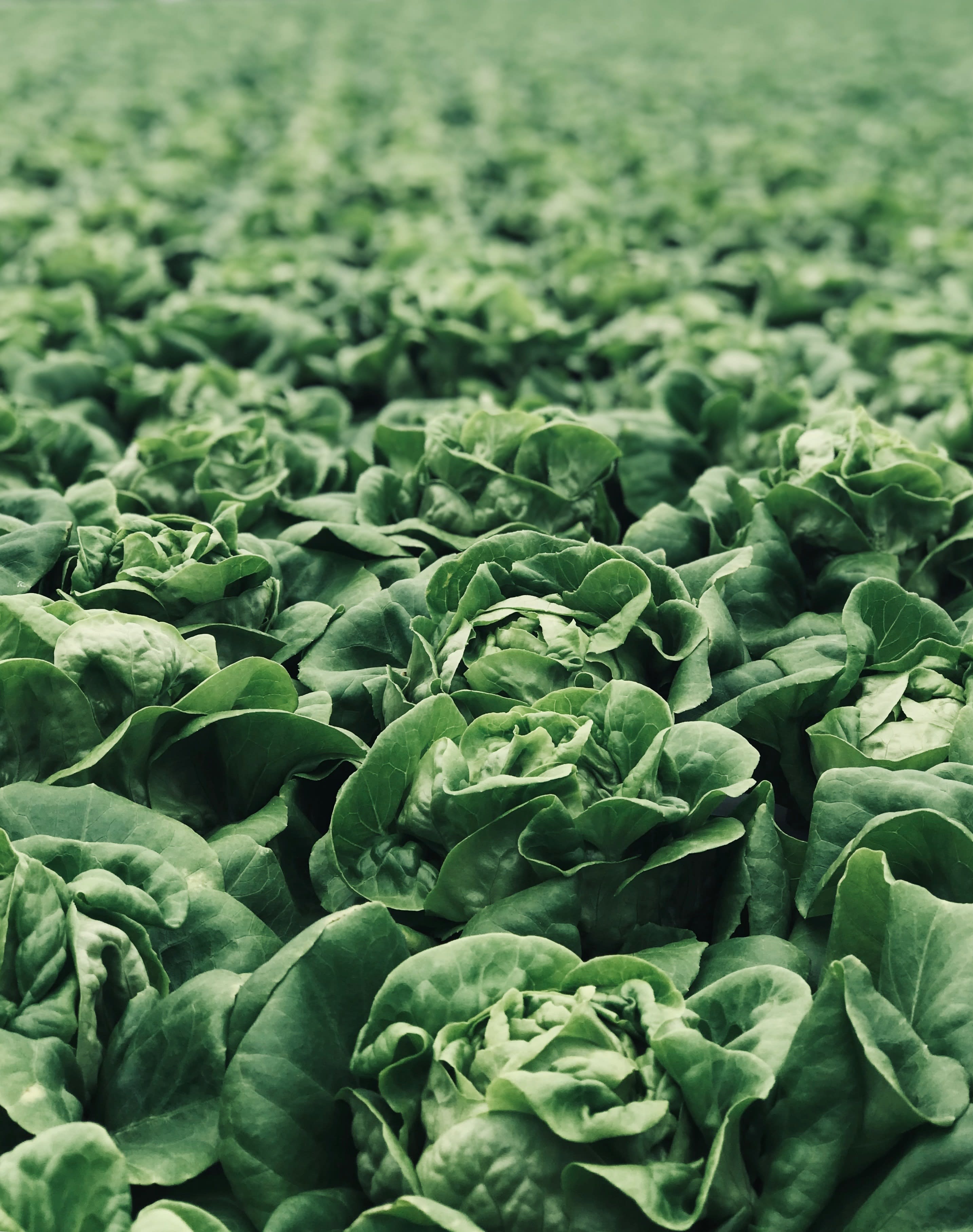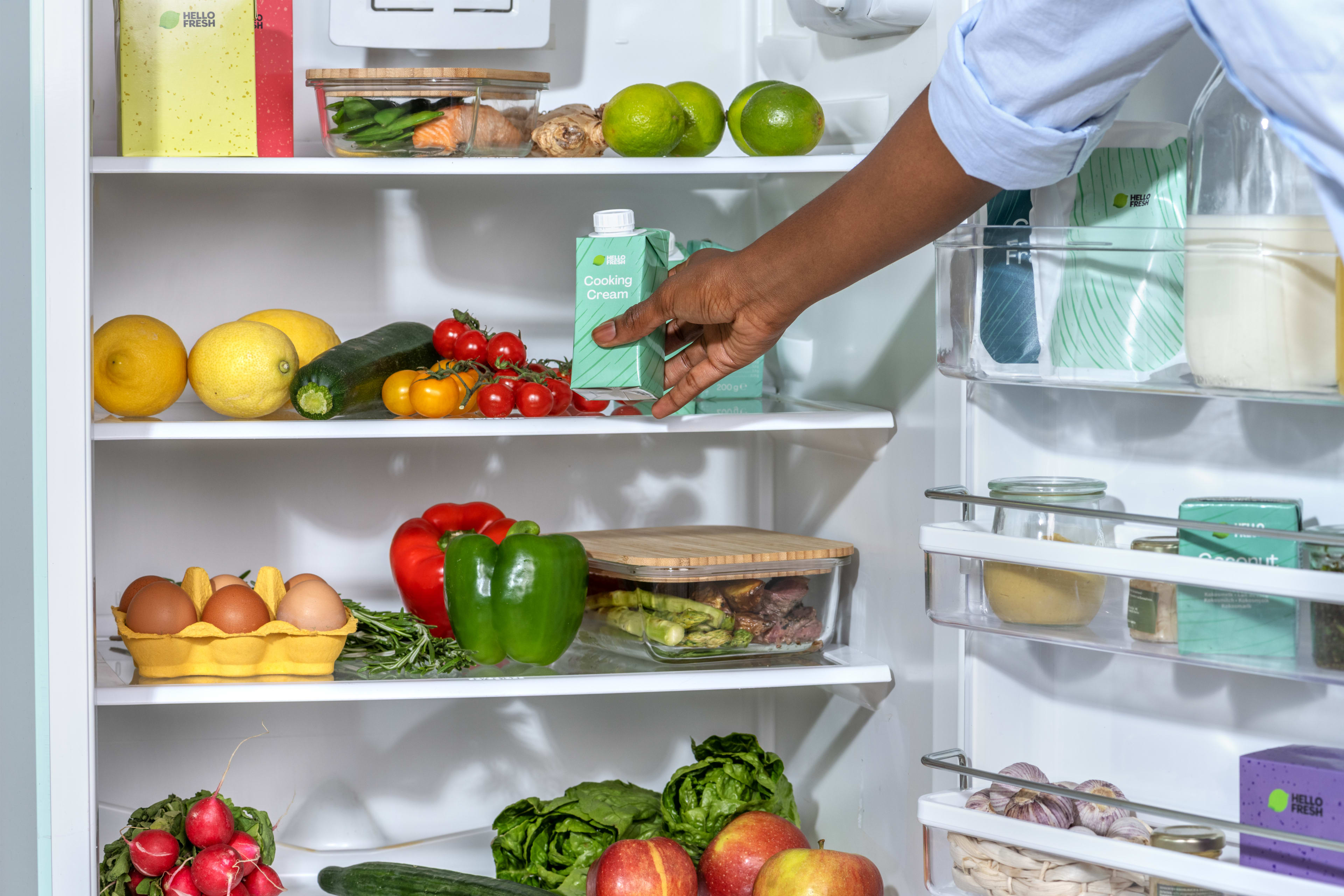How to Grow Your Own Vegetables and Fruit Video Guide
Save Money Growing Your Own Vegetables

What Do I Need to Grow My Own Vegetables and Fruit?
Starting your fruit or vegetable patch at home is relatively cheap and easy. Here’s everything you’ll need to get started:
- All-purpose compost
- Pots, troughs, containers, or a dedicated space of flowerbed - why not make your own DIY raised bed from wood off-cuts for an added sustainable touch?
- Seeds or young plants
- Fruit and vegetable plant food
- A fork and trowel
Growing Your Own Fruit and Veg at Home: Getting Started
Choosing the perfect spot for your fruit and vegetables to grow is key. Sheltered, yet sunny is the optimum spot for most varieties. Exceptions to this rule include salad leaves and some herbs, which prefer partial shade to avoid bolting (prematurely running to seed and becoming unusable).
Don’t have a garden or outdoor space? Don’t worry! You can still successfully grow your own produce on a sunny windowsill. In fact, baby beetroot, herbs and even edible flowers, love being grown in containers on windowsills, as they’re shielded from the elements by window glass, meaning they can grow peacefully in the warmth.
Before planting or sowing anything, first you must prepare the soil by removing weeds and adding well-rotted compost or manure, and rake level.

How to Grow Vegetables at Home
While it's a good idea to grow what you like to eat, it's also worth paying attention to how easy a crop is to grow. For instance, you may love pineapples, but these are unfortunately notoriously tricky to grow in the UK climate. Stick to something that requires little maintenance, that you know you can get great results from — then your confidence will grow, just like your fruit and vegetables!
Our resident food and nutrition expert, Mimi Morley, shares her top tips on growing your own fruit and vegetables, including the easiest vegetables to grow and when to sow and harvest them.
Mimi tells us, “Growing your own ingredients saves money, benefits the planet and is fun too! Here are the top 20 fruits and vegetables that you can grow easily in the UK climate, saving yourself some serious money along the way. Potatoes and carrots are some of the easiest vegetables to grow, so they’re a good place to start for beginners.
A lot of fruits and vegetables like to be sown or planted in the UK in early spring, meaning there’s no better time to grab your gardening gloves and get started! Remember, everything you do when starting a vegetable patch is an opportunity to learn and experiment, so don’t worry if you don’t get perfect results the first time round.”
.jpg)
When to Plant and Harvest Fruit and Veg in the UK
SPRING
- Spring is the perfect time to start your growing journey and will set you up
for the rest of the year. Tomatoes, sprouts, peppers and strawberries are perfect to plant in the spring months. You’ll reap the rewards later in the year.
SUMMER
You’ll start to see the fruits of your labour in the summer. You can start to harvest your potatoes, carrots, peas, lettuce and a lot more. It’s also a great time to continue planting: broccoli, lettuce, rocket and carrots will grow when planted across June, July and August.
AUTUMN
Autumn typically marks the end of the growing season. Almost everything you’ve planted can be harvested in August and this is the season when all of your hard work is rewarded. There are still a few seeds that can be planted, berries are perfect for this: blueberries, cherries, raspberries and blackcurrants love to be planted late in the year.
WINTER
The winter months are when you get to slow down a little: your Brussels sprouts and rocket can be harvested as late as December. It’s also a great time to plant apples, pears and blueberries for harvesting later in the year.
When to Sow, Plant and Harvest in the UK: Month-by-Month
| Fruit / Vegetable | Sow / Plant | Harvest |
|---|---|---|
| Carrots | Feb - Jul | May - Oct |
| Lettuce | Mar - Sep | May - Nov |
| Strawberries | Mar - Apr | Jun - Sep |
| Potatoes | Mar - May | Jun - Oct |
| Peas | Feb - Jun | Jun - Oct |
| Beetroot | Mar - July | Jun - Oct |
| Raspberries | Nov - Mar | Jun - Oct |
| Rocket | Apr - Sep | Jun - Dec |
| Cherries | Oct - Mar | Jun - Aug |
| Blackcurrants | Nov - Mar | Jun - Aug |
| Tomatoes | Feb - Apr | Jul - Sep |
| Blueberries | Nov - Mar | Jul - Sep |
| Sweetcorn | Apr - Jun | Jul - Oct |
| Broccoli | Apr - Jul | Jul - Oct |
| Cucumbers | Mar - Jun | Jul - Oct |
| Peppers | Feb - Apr | Jul - Oct |
| Pears | Nov - Feb | Aug - Nov |
| Apples | Nov - Mar | Aug - Nov |
| Brussels Sprouts | Feb - Apr | Aug - Jan |
| Olives | Mar - May | Sep - Oct |
Dealing Sustainably with a Vegetable Patch Glut

Sticky Roasted Parsnips and Carrots
- Use home-grown parsnips and carrots to make a delicious side accompaniment to meats and seasonal roasts. Toss your parsnips and carrots with honey, mustard and a squeeze of fresh orange, and finish with toasted almonds.
Cheese, Onion and Mustard Fritters
- Use your home-grown onions and tomatoes to rustle up these fritters and side salad in minutes. This delicious veggie option makes it easy to eat more veg in your diet and try something new, whilst using up your freshly grown vegetables too.
- Please vegetarians and meat eaters alike with a super green stir fry, using your freshly grown broccoli, onions and green beans. Fresh, flavourful and super quick to make, this stir fry will fast become a dinnertime go-to - especially in times of broccoli glut!